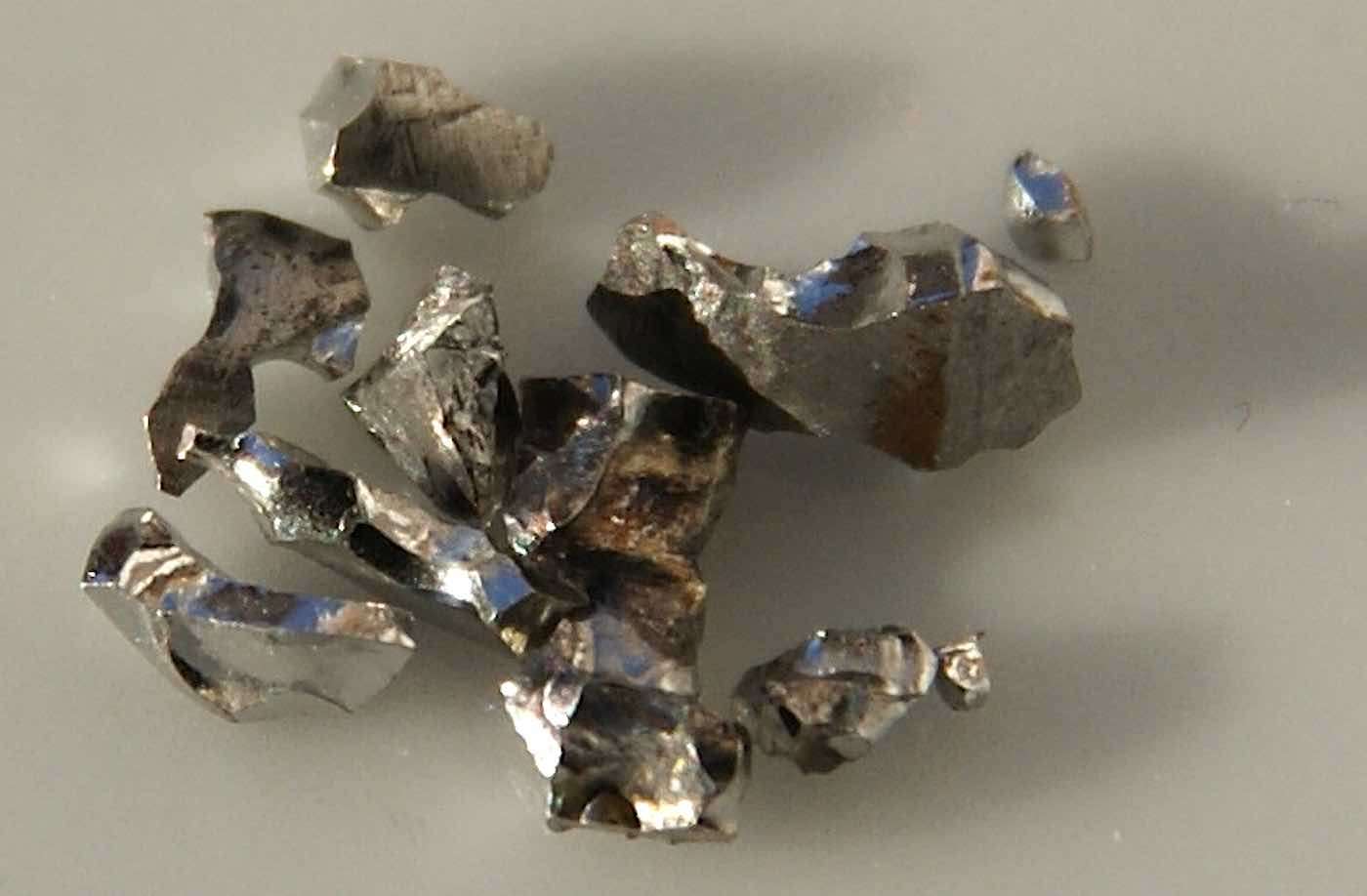Bed Nets Pay Off With Plunge in Malaria Cases in Gambia
The incidence of malaria in Gambia fell substantially in five years -- between 50 percent and 85 percent from 2003 to 2007 -- thanks to insecticide-coated bed nets that protect children.

This alien metal was found on the meteor that wiped out the dinosaurs – but now, it could be used to cure cancer, according to new research.
The metal, which is known as iridium, is one of the world's rarest elements. Experiments show that it penetrates the nucleus of cancer cells by latching onto the blood protein albumin. After the metal is injected into the nucleus of cancer cells, the material can then be blasted with a laser beam to produce a poisonous form of oxygen that is deadly for tumor cells and harmless for healthy ones.
This treatment, which is known as photodynamic therapy, activates the metal to kill the cancer cells through oxidization, where the cells' own oxygen is converted into a lethal form. More importantly, healthy tissue is unaffected.
British scientists say that it could revolutionize treatment for the deadliest forms of the disease. Professor Peter Sadler, from the department of chemistry at Warwick University, said: "It's amazing this large protein can penetrate into cancer cells and deliver iridium which can kill them selectively on activation with visible light.
"If this technology can be translated into the clinic, it might be effective against resistant cancers and reduce the side effects of chemotherapy."
He said iridium can be applied locally and in smaller doses. His international team used a special organic coating to hook up iridium to albumin, causing it to glow very brightly. Under powerful microscopes, they tracked its passage into lung cancer tumors grown in the lab and found that the process had destroyed the growths. The next step for the treatment is pre-clinical animal trials.
Photodynamic therapy is based on chemical compounds called photosensitizers that produce oxidizing species when switched on by lasers. It's already being used to treat a range of common cancers including those of the skin, breast, and lung.
The study published in Angewandte Chemie International Edition found the iridium based compound is an excellent photosensitiser.
What is more, albumin was able to deliver it right into the nucleus of cancer cells, which contains all of the cancer's genetic material.
The dormant iridium can then be turned on by red laser light irradiation, destroying them from their very center. The bright luminescence of the iridium allowed its accumulation in the nucleus of tumors – and its activation leading to the death of cells – to be followed in real-time.
Co-author Dr, Cinzia Imberti, who is also from Warwick, said: "It's fascinating how albumin can deliver our photosensitiser so specifically to the nucleus.
"We are at a very early stage, but we are looking forward to see where the pre-clinical development of this new compound can lead."
With cancer becoming resistant to certain treatments, it's crucial to find other methods such as this. Additionally, the precious platinum metal is already used in over half of cancer chemotherapies.
Though iridium can be found deep within the Earth's crust, it is more commonly found in meteorites and asteroids, such as the massive seven-mile wide space rock that landed 66 million years ago, killing off 70% of living species – including the dinosaurs.
The brittle silvery-white metal was found in the world-famous Chicxulub crater underneath the Yucatan Peninsula, which was created as a result of the asteroid strike believed to be responsible for the death of the dinosaurs.
Sadler believes other precious metals like iridium – which are safe with minimum side-effects – can potentially combat treatment resistance, saying that: "It's certainly now time to try to make good medical use of the iridium delivered to us by an asteroid 66 million years ago."
Cure Your Friends Of Negativity By Sharing The Good News To Social Media – File photo by Hi-Res Images of Chemical Elements, CC
Be the first to comment